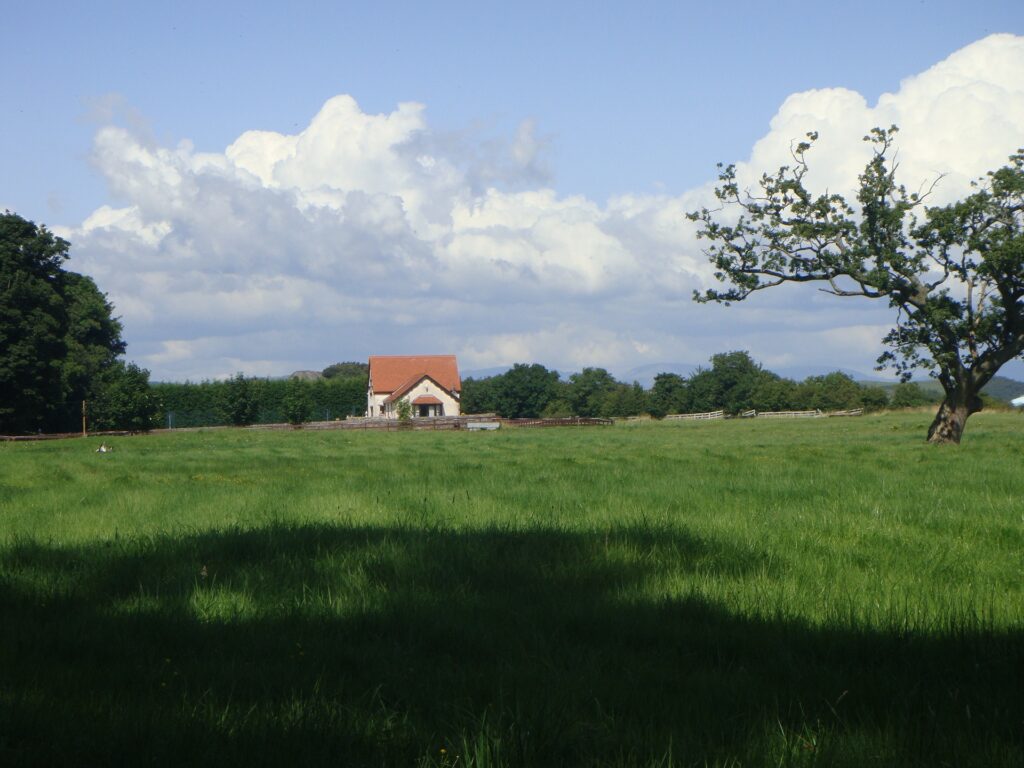
With the right accessory dwelling unit design you can transform your property and pen up more space for living quarters. Not only this but through this construction project you can both add value to the property and make it a more attractive and salable property. You may not be thinking about selling your property just yet, perhaps never, but it still makes sense to try and use any renovation or construction project for the property to add some level of value to the place. And so when it comes to designing your accessory dwelling unit, here are some things to consider.
Which Space to Use
There are some common options which are used for these types of construction jobs, and the first question will be which you will look to take on. For example will you look to build an apartment on the garage, to build a foundation-based tiny house in your backyard or perhaps to turn that basement into an apartment. Now this decision will come down to 2 main considerations, the first is which options you have, and the second is which is most viable with regards to getting permission and with regards to being able too provide that new abode with utilities.
Pragmatism Over All
Something which many fall into the trap of doing is renovating a space, perhaps the loft or the basement, yet they do not completely buy in to the idea of what it is that they are creating. A space with the potential to be multi-functional is great but ultimately this becomes nothing more than a space which is in-between for a long period of time. The better decision is to design the floor plan for your accessory dwelling unit to be something, be it an apartment or a studio, you can always change things later of course, for now it is better to pin your colors to the mast.
Understand Planning Laws
Building a tiny home in your backyard is not as simple as laying foundations and then building your place on top, there are planning laws which must be taken into consideration first. And so before you waste the time and the money on the design of your project, you have to first check what laws there are which may present you with issues, and then design around them. For example you may not be able to split the gas pipe, you may find that your new build blocks the view of a neighbor or perhaps the design involves uprooting an old tree which is prohibited. Always check the legislation in your area to see what you are allowed and what you are not allowed to do.
Budget
And finally we have to consider budget, after all there is little point in designing the Taj Mahal if your budget only stretches to the house of Anne Frank. Be sure that you have enough money for the design which is being made, in order to avoid any financial issues.